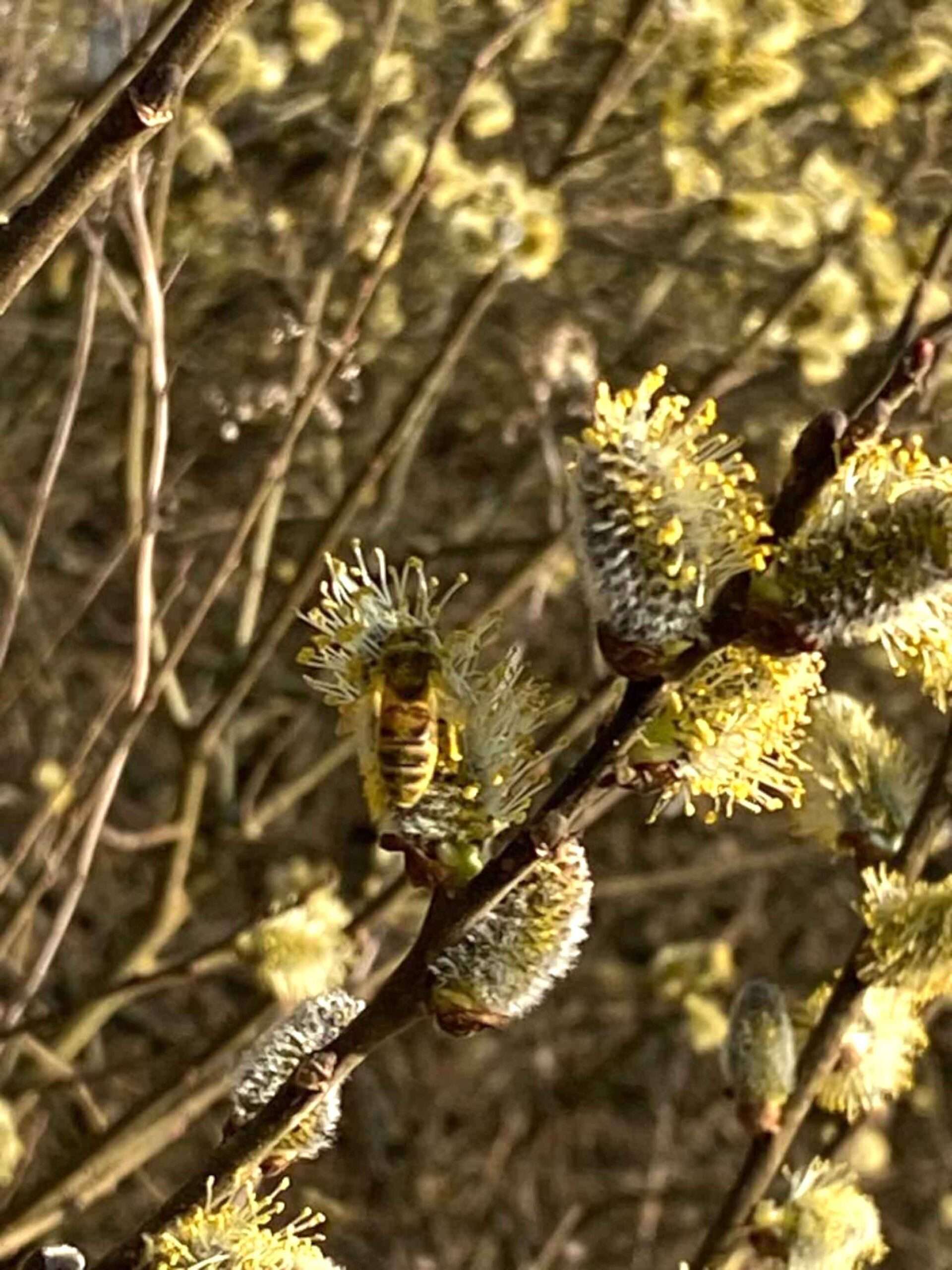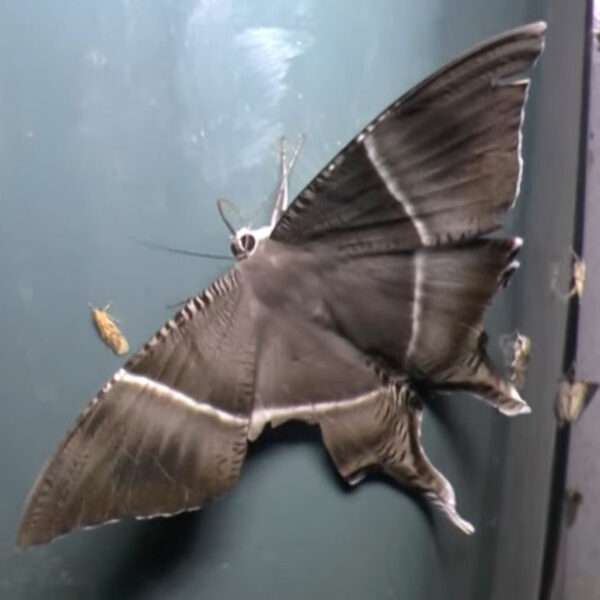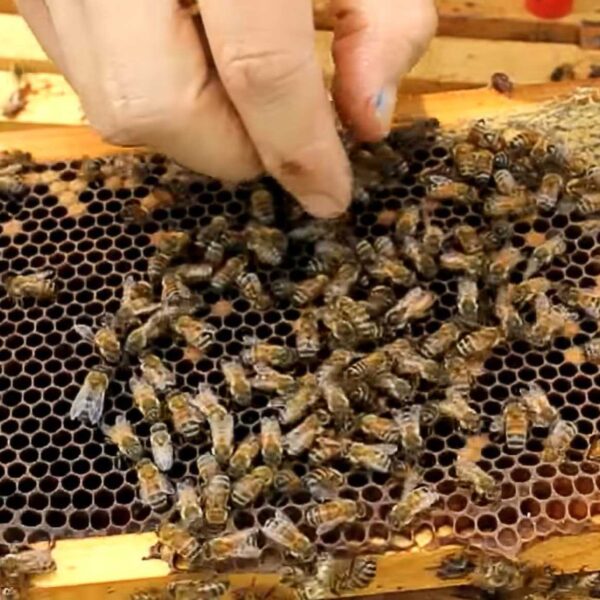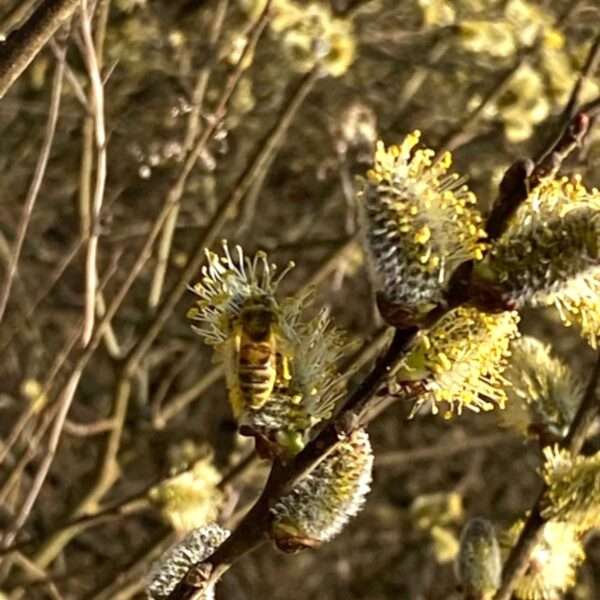The subterranean network created by undomesticated bees may be more durable than the tunnels dug by worms, a study using a computerised tomography (CT) scan has shown.
Philippe Tschanz from the Institute of Technology (ETH) in the Swiss city of Zurich used the unusual approach to find out more about the strategy of two ground-nesting species.
Domesticated honeybees may be the best-known pollinator species. However, there are between 20,000 and 30,000 different types of wild bees in the world. These species do not produce honey. However, they are vital when it comes to stabilising local ecosystems.
For his study, Philippe chose five locations with various types of soil and pushed a 20-centimetre-wide plastic pipe into the ground with a tractor. After one month, the ETH Zurich researcher pulled out the pipes and brought them to Zurich’s University Hospital.

Philippe put the tubes back in the ground and repeated this process every few months to evaluate any changes to the insect’s underground structures.
The ETH Zurich expert, who focused on sweat bees and spring mining bees, found that the pollinators’ larval chambers could be more enduring than the holes of worms and roots.
The bees line these chambers, which are up to one centimetre wide, with leaves, flower petals or secretions to make them waterproof, Philippe explained. He admitted: “The first scan was quite exciting.”
He emphasised: “The bees definitely have a substantial impact on the structure of the soil.”
The ETH Zurich researcher’s decision to use a clinic’s CT scan is a sharp contrast to the common approach of entomologists to carefully excavate the bee nests by hand.
Science magazine reports that Philippe now wants to find out more about the impact of agricultural activity on the survival of pollinators.











